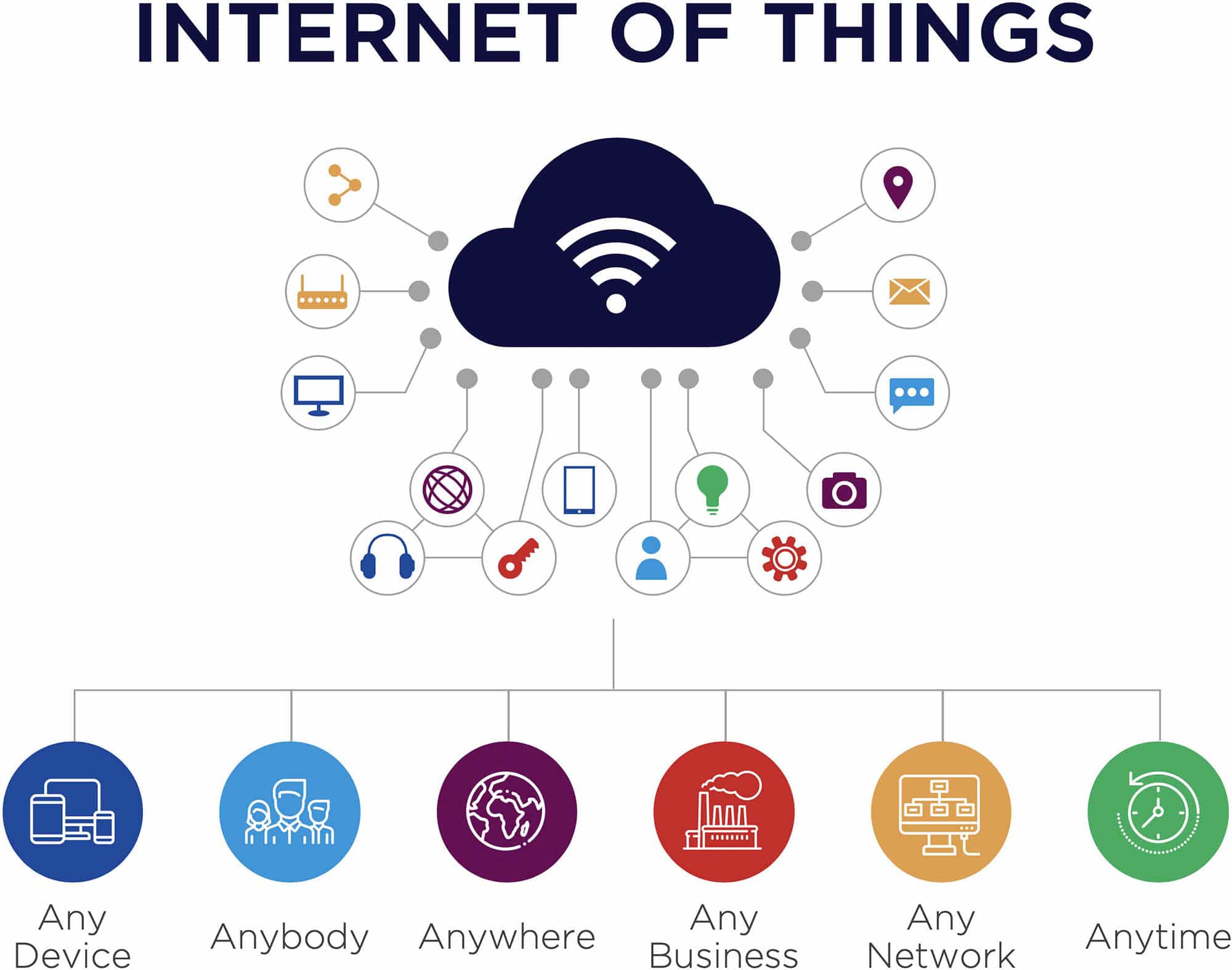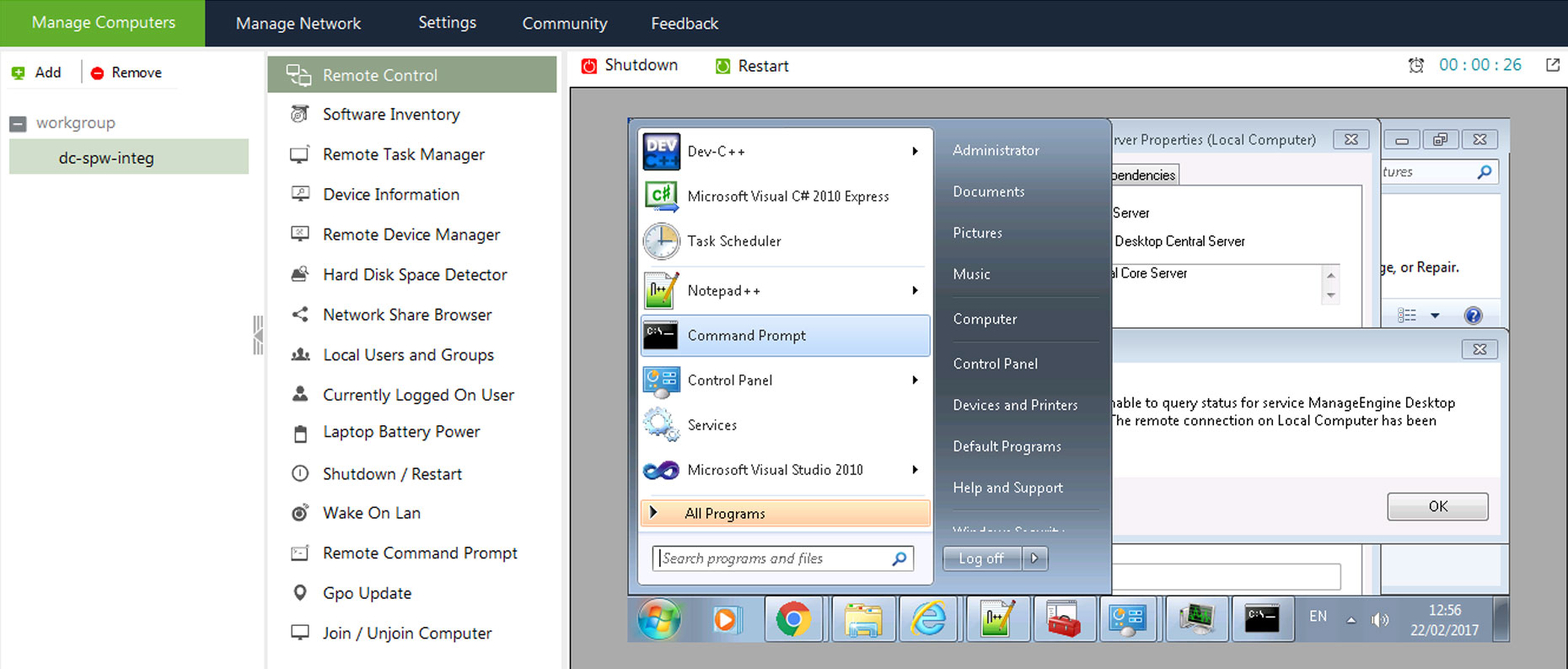Remotely Manage IoT Devices: Mac & Windows Guide
Is the ability to manage and control your Internet of Things (IoT) devices remotely, securely, and without geographical limitations a tantalizing prospect? The convergence of cutting-edge technologies now makes this a readily achievable reality, empowering you to monitor, control, and interact with your IoT devices from virtually anywhere with an internet connection.
The core challenge lies in establishing a secure and reliable connection between your device and the control interface. Traditional methods often involve complex network configurations and security vulnerabilities. However, with the advent of innovative solutions, the process has become remarkably streamlined, offering user-friendly interfaces and robust security protocols. Whether you're seeking to monitor your home automation system, manage industrial sensors, or simply access data from your remote devices, the following methods offer practical and effective strategies for achieving seamless remote management.
| Category | Details |
|---|---|
| Understanding the Fundamentals | This article is about enabling remote management of Internet of Things (IoT) devices over the internet. It is important to understand various protocols, configurations, and software to achieve secure and effective control. |
| Core Technologies | The article focuses on protocols like Remote Desktop Protocol (RDP) and other emerging technologies that enable secure remote access to IoT devices. |
| Target Audience | The content is useful for anyone interested in managing IoT devices remotely. It is applicable for both individuals and businesses. |
| Key Concepts | The article aims to explore methods for secure remote access, including reverse SSH tunnels and the use of cloud gateways like SocketXP. |
| Benefits of Remote Management | Enables real-time monitoring and control, troubleshooting, automation, and access to data from any location with an internet connection. |
One of the most straightforward methods involves leveraging the Remote Desktop Protocol (RDP), a proprietary protocol developed by Microsoft. Built into Windows 11, RDP enables access to a Windows desktop from another Windows machine. For Mac users, the official Microsoft Remote Desktop app provides a secure and functional connection to Windows-based IoT devices.
The process is relatively straightforward. First, the target Windows machine must be configured to allow remote connections. This involves enabling the Remote Desktop feature within the system settings and, if necessary, configuring firewall rules to allow incoming connections. The specific steps typically involve navigating to the system settings, selecting "Remote Desktop," and enabling the feature. This will also require a username and password for the remote machine. You will then need to ensure that your network allows traffic on the required port (typically 3389) or configure port forwarding on your router to direct traffic to your device.
Once remote desktop is enabled, you will then need to find the public IP address of the windows device, this can be easily found by searching "what is my IP" on google. After this go to any other device which is connected to internet or have the access to internet and open the remote desktop application. Input your IP address, and the username and password created, at the end. Once connected, you'll be able to view and interact with the device, much as if you were sitting in front of it.
However, RDP is not always the most secure method, especially if the device is connected directly to the internet without a robust firewall or other security measures. Therefore, for enhanced security, consider implementing a Virtual Private Network (VPN). A VPN encrypts your internet traffic and creates a secure tunnel between your device and the remote network, making it much more difficult for unauthorized individuals to intercept your data. Another option is to set up SSH tunneling for remote access.
For devices running Linux, such as a Raspberry Pi, a reverse SSH tunnel can be a valuable tool. This technique allows you to access your device even when it's behind a router that blocks incoming connections. The key concept is that your device initiates the connection, opening a tunnel to a server you control. This can be easily achieved using the SSH protocol's tunneling capabilities. The process typically involves configuring the SSH client on your IoT device to connect to a remote server and establishing a tunnel, allowing you to forward traffic to the device from your local machine.
Setting up a reverse SSH tunnel involves a few steps. First, you need a server with a public IP address that your IoT device can reach. This server acts as an intermediary, relaying the connection between your local machine and the IoT device. You then configure the SSH client on your IoT device using the command to create the reverse tunnel. Once the tunnel is established, you can connect to the IoT device from your local machine by connecting to the server through the tunnel.
Another approach is to use cloud gateways, such as SocketXP. Cloud gateways offer a streamlined way to connect your IoT devices to a secure cloud environment. They often provide features like device management, data storage, and remote access capabilities. To use a cloud gateway, you typically connect your device to the gateway using an authentication token. This token grants your device access to the gateway's services, enabling secure communication and remote control.
The cloud gateway then manages the connection, allowing you to access your device from anywhere with an internet connection. These gateways often provide a web-based interface or API for remote management. The advantage of this method is that it simplifies the setup process and provides robust security features, eliminating the need to configure port forwarding or manage complex network settings. It is also scalable, allowing you to easily add or remove devices as your needs evolve.
Furthermore, the use of intermediary services offers a flexible solution for automation and control. Platforms like IFTTT (If This Then That) allow you to configure interactions between software products that may not natively integrate. For example, you could set up an IFTTT applet to trigger an action on your IoT device based on a specific event, such as a change in weather conditions or a time of day. This is particularly useful if you're trying to connect devices across different platforms that don't directly integrate with each other.
For more specialized control and automation, consider the use of a Telegram bot. The Telegram API can be used to configure the management and control of IoT devices. By creating a bot that interacts with your IoT devices, you can send commands and receive real-time data updates directly through the Telegram messaging app. The bot can be programmed to respond to specific commands, allowing you to control your devices remotely via your smartphone or computer.
In cases where direct integration is required, direct integration between the service and the IoT platform can be a viable option. This involves configuring communication channels, ensuring that data can flow securely between the service and the IoT platform. This is often done by using the platform's API or other integration tools. This approach delivers the most direct control and data flow but requires in-depth knowledge of both systems.
Beyond the methods mentioned, other advanced technologies are emerging that are transforming remote IoT management. Consider technologies such as secure tunneling, multi-factor authentication, and edge computing. These allow for enhanced security and reliability, ensuring your data is always protected, and your devices are accessible.
Ultimately, the best method for remote management depends on your specific needs and technical skills. The methods discussed allow you to overcome geographical limitations and provide secure and efficient control over your IoT devices. Explore these options and select the solutions that best suit your project requirements, security considerations, and level of technical expertise.
The world is changing rapidly, with streaming, video calls, online gaming, remote working, and much more now being enabled even in the most remote locations, thanks to advancements in internet systems. These technologies are built to improve every element of your life, making remote work and access to your devices easier than ever before.


